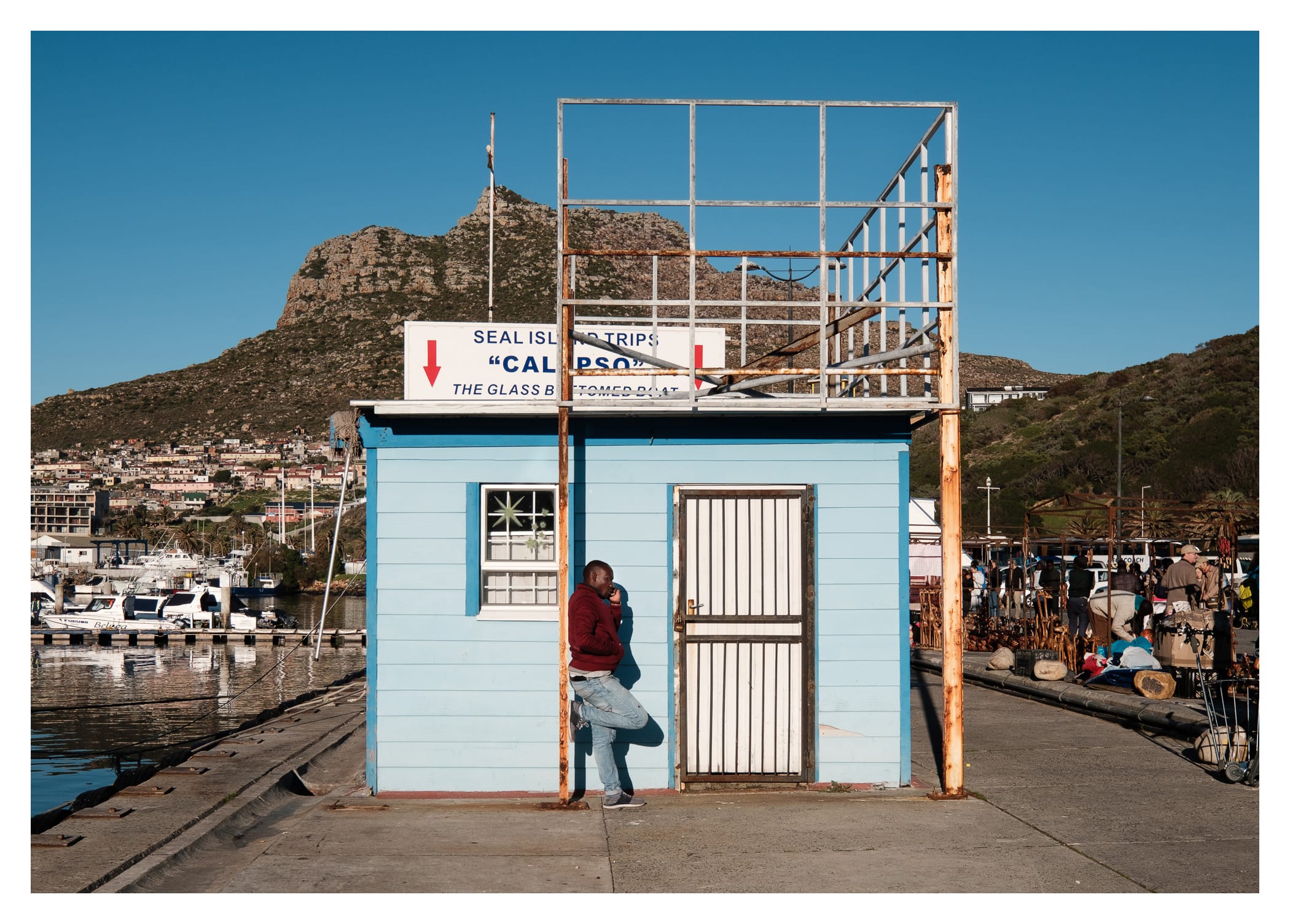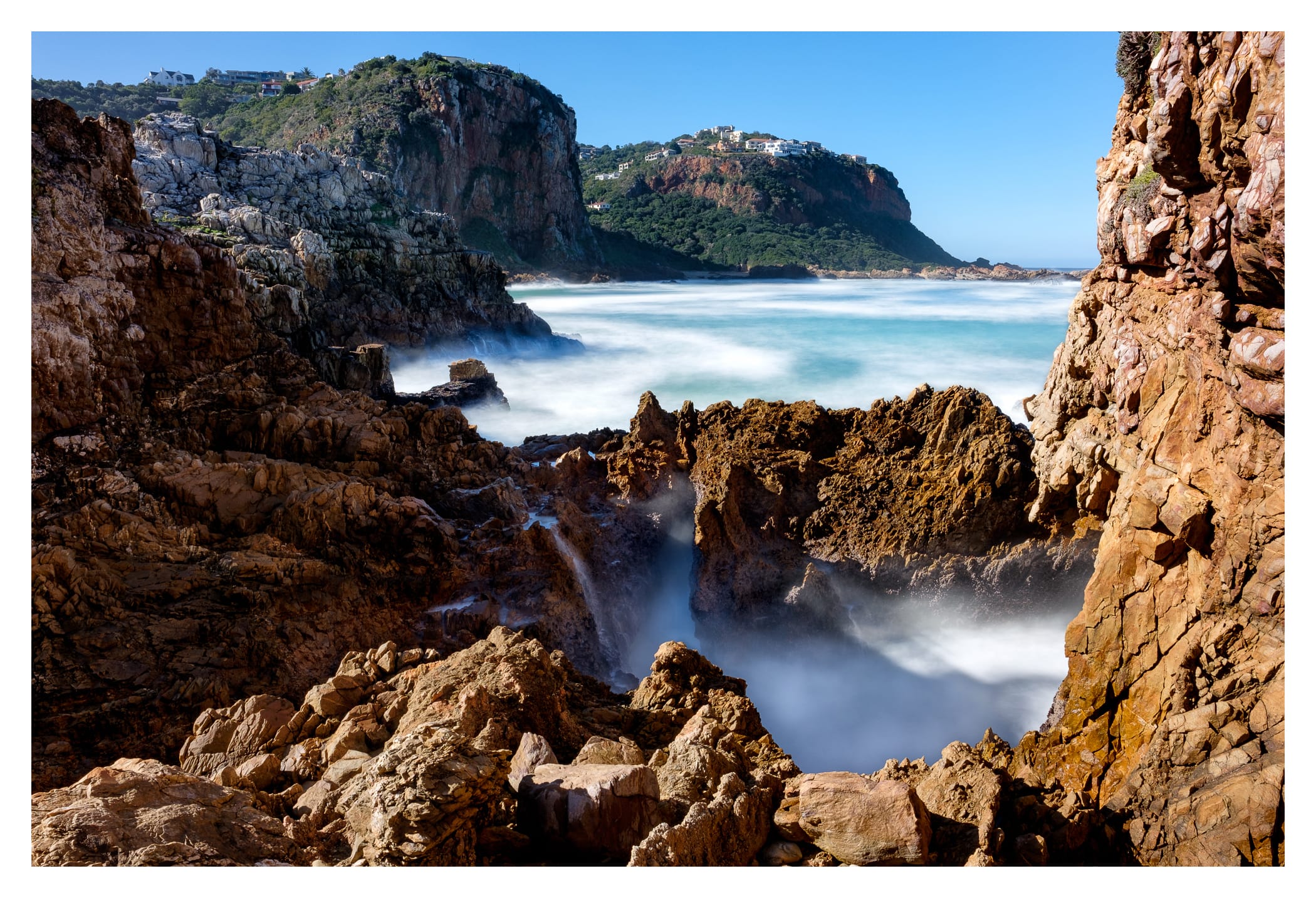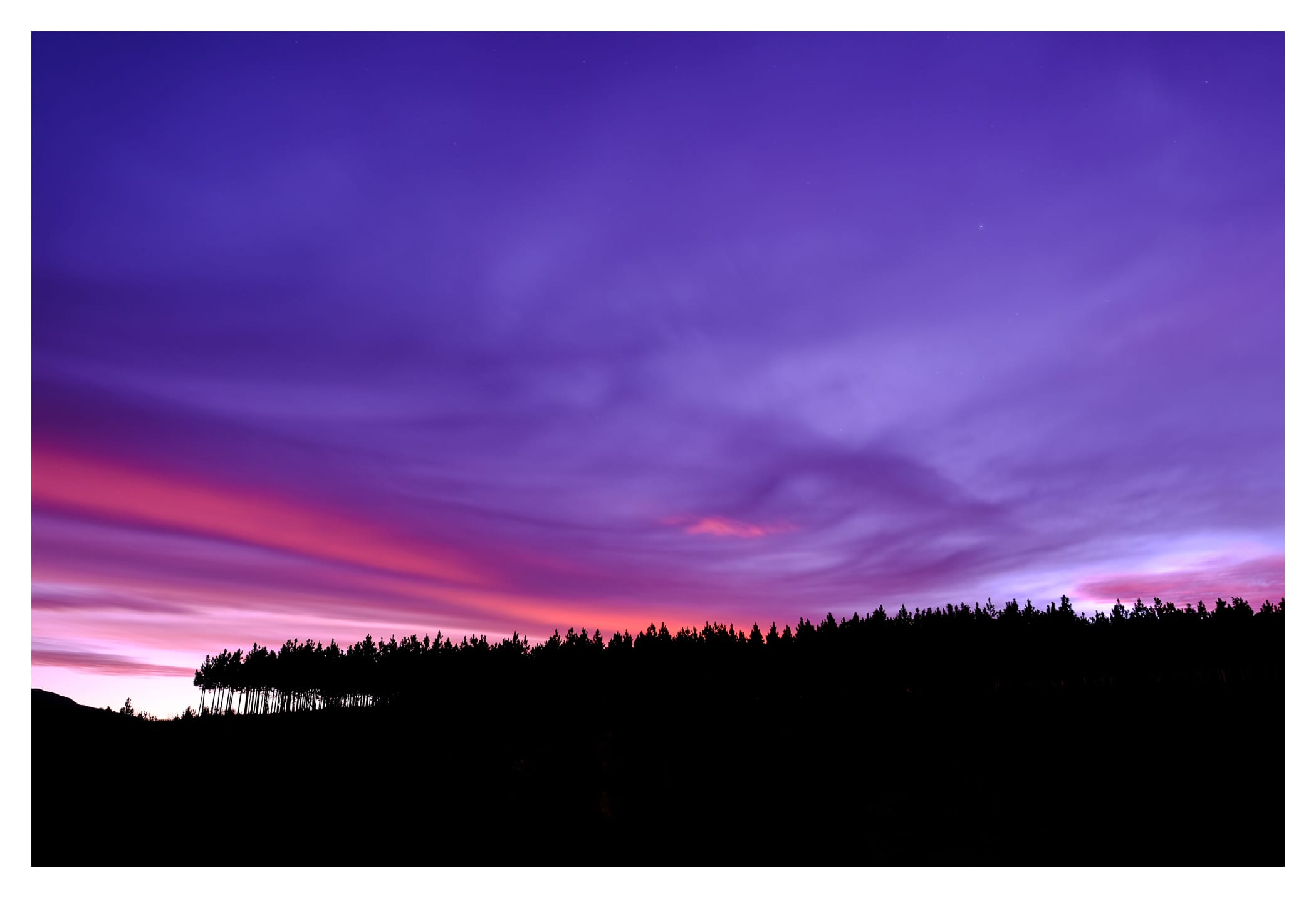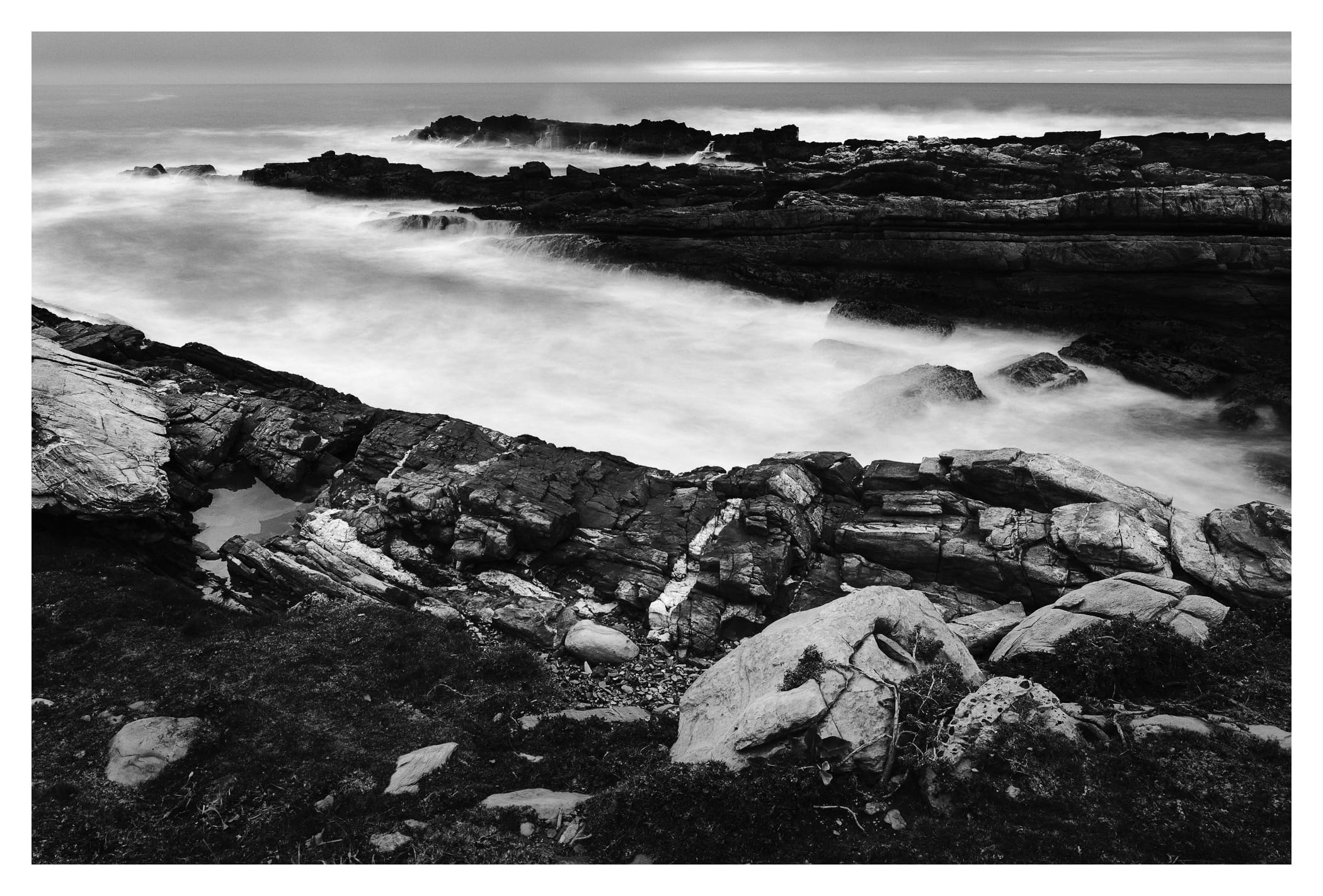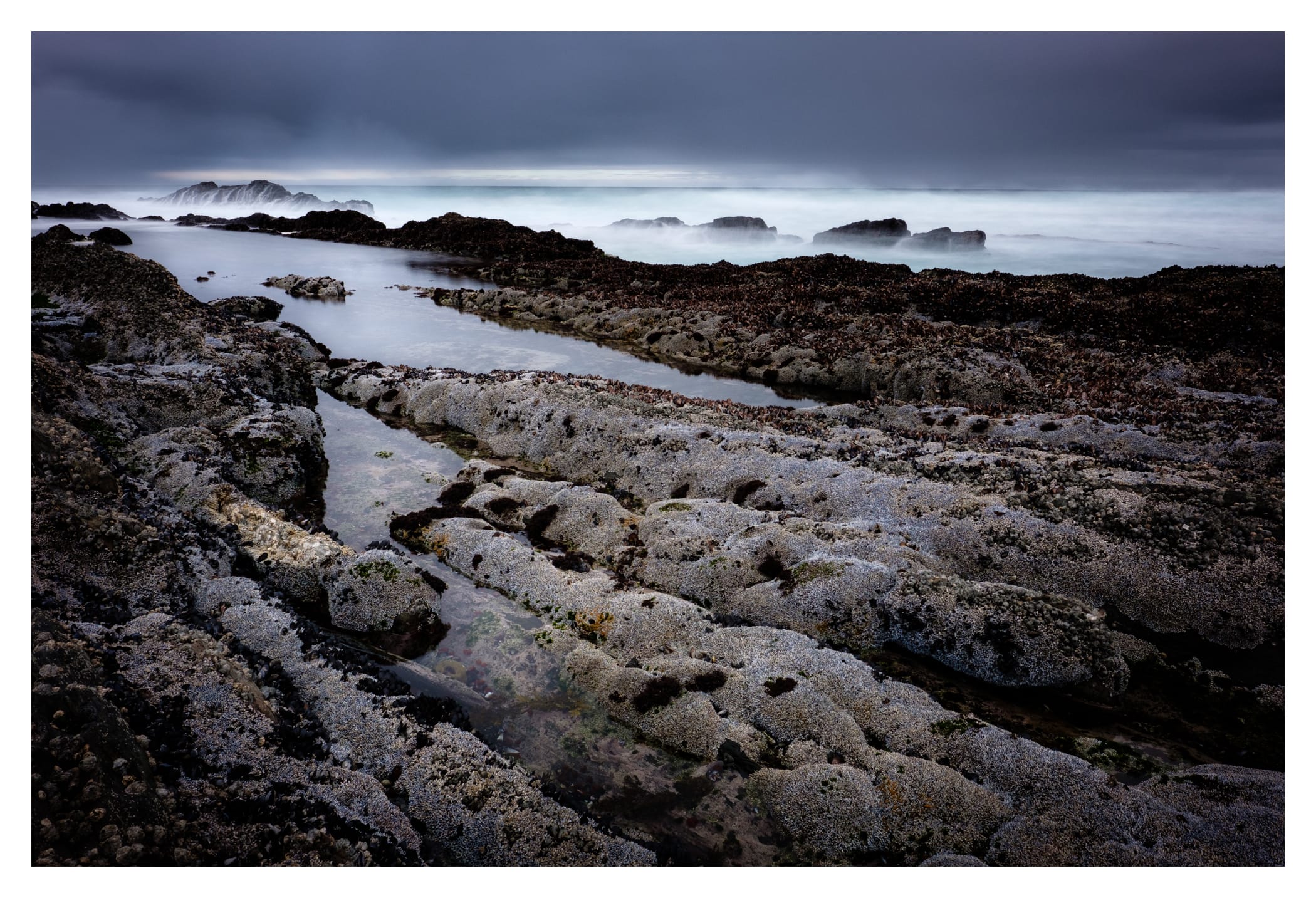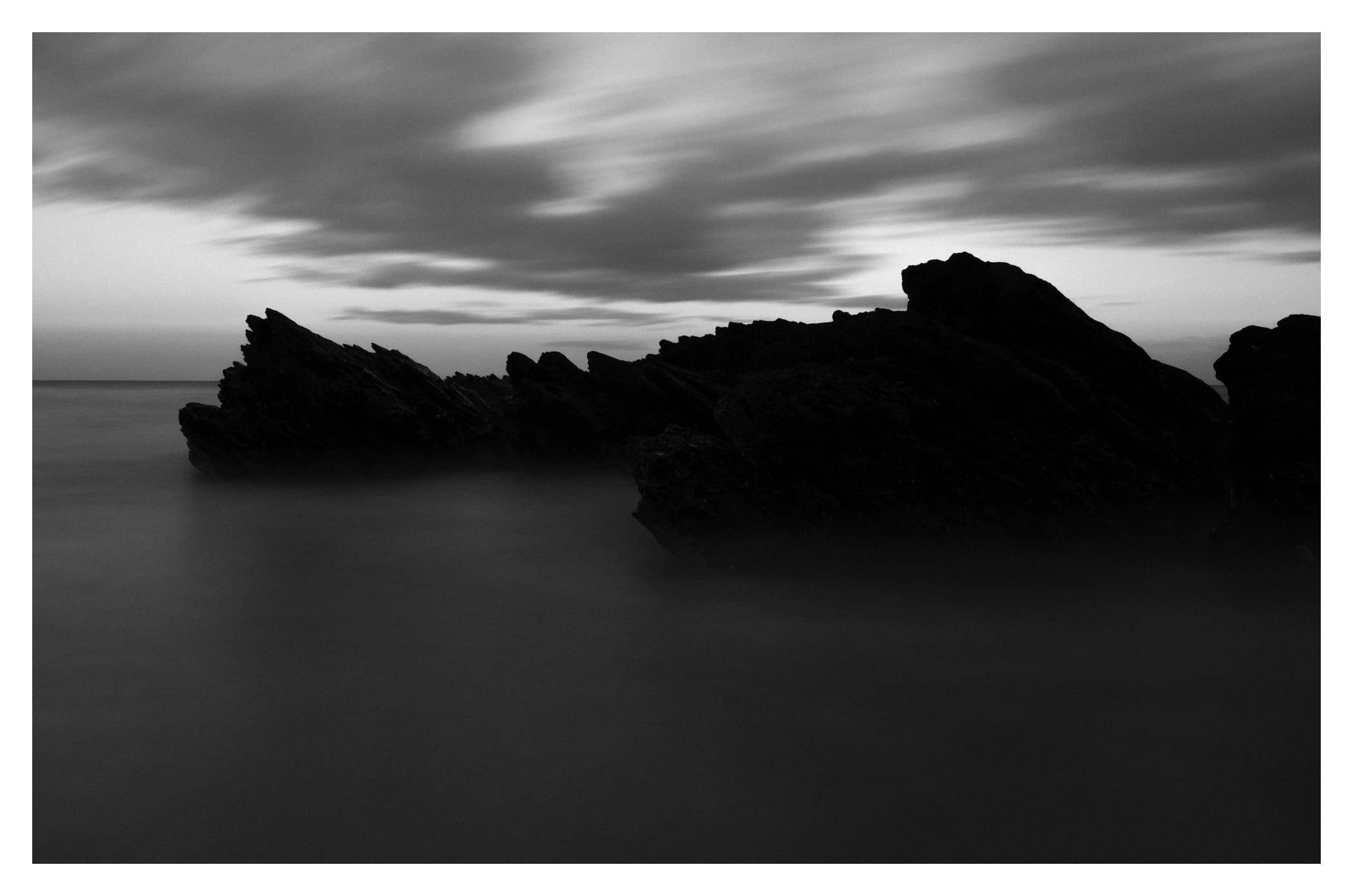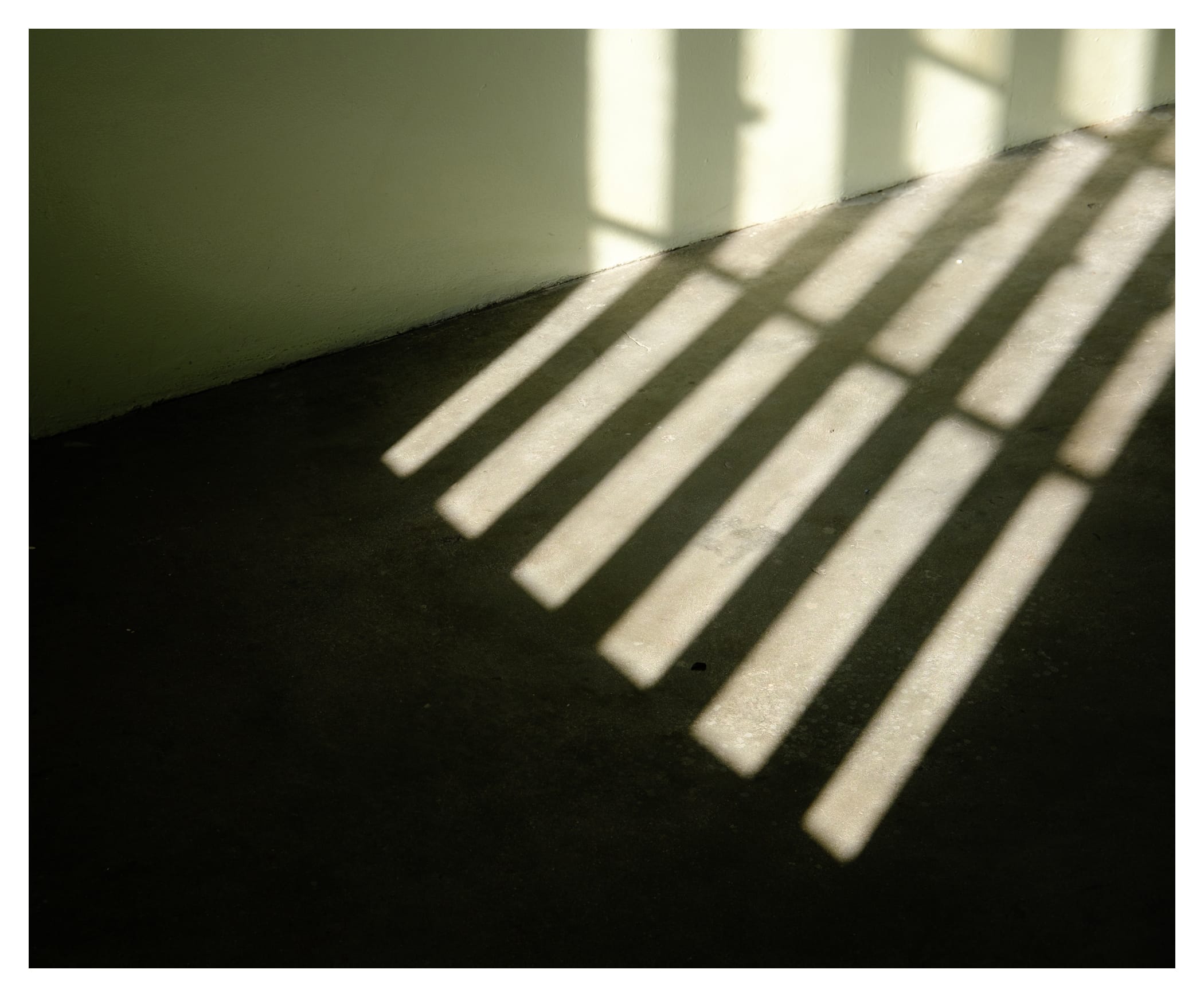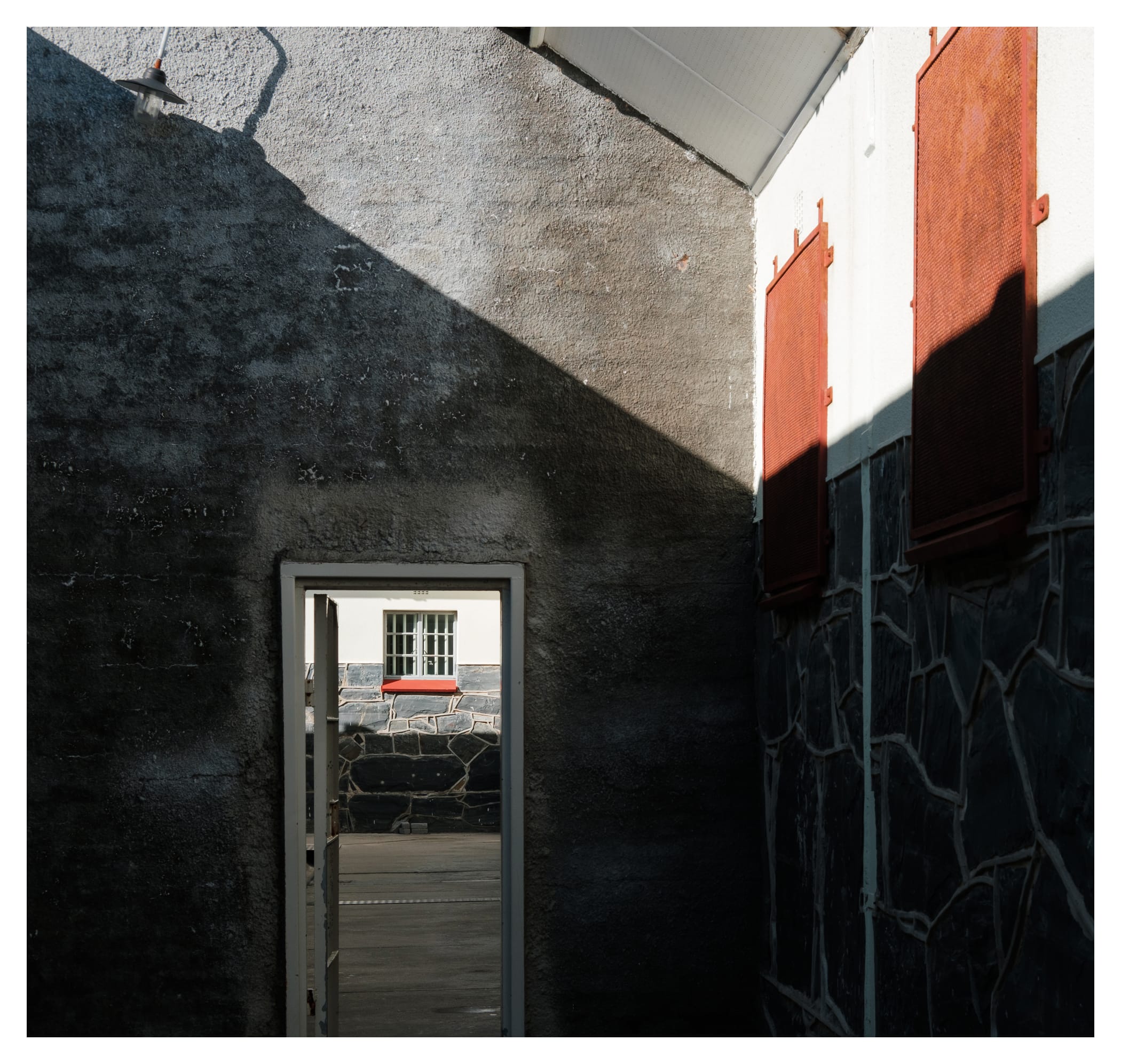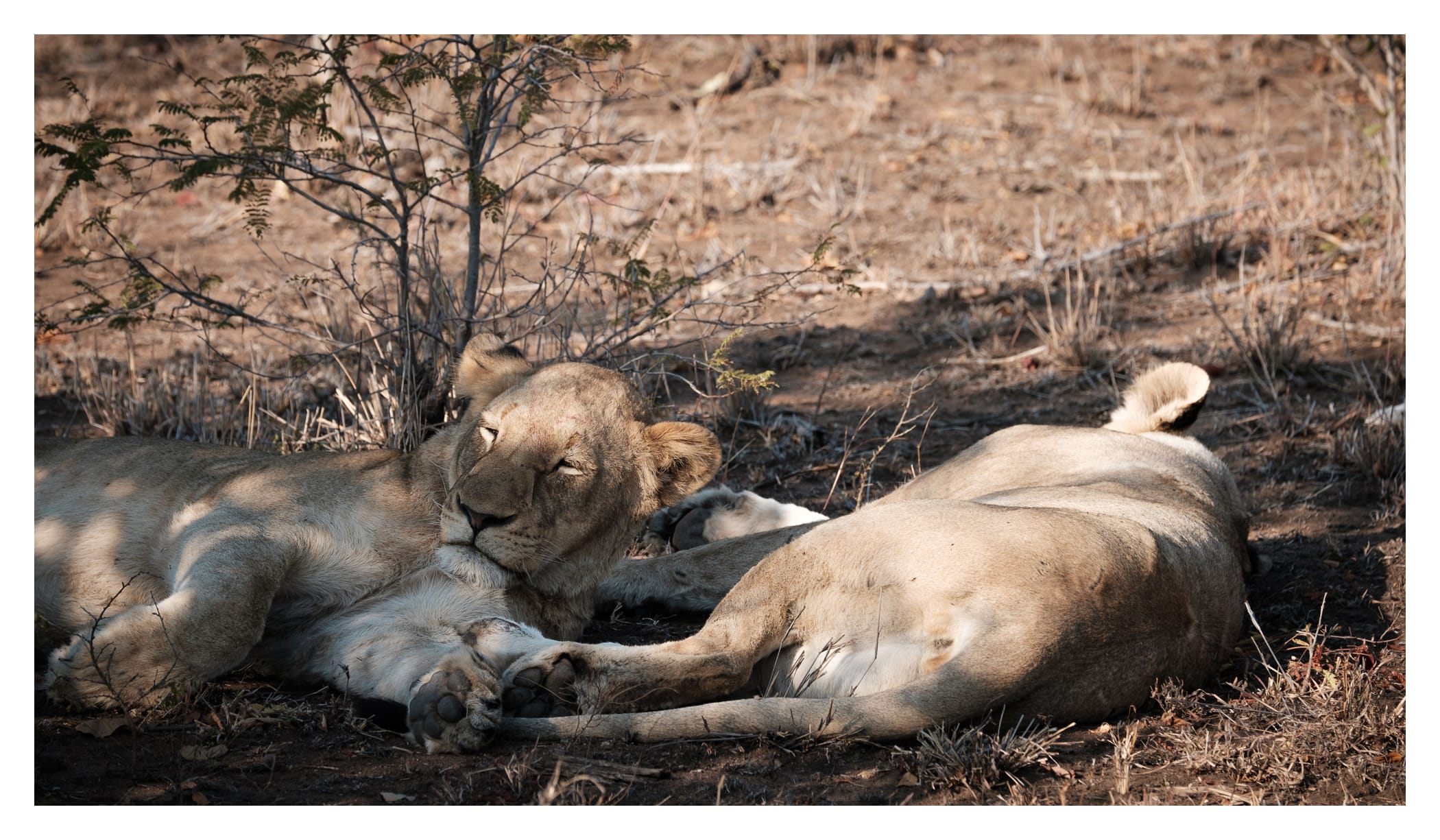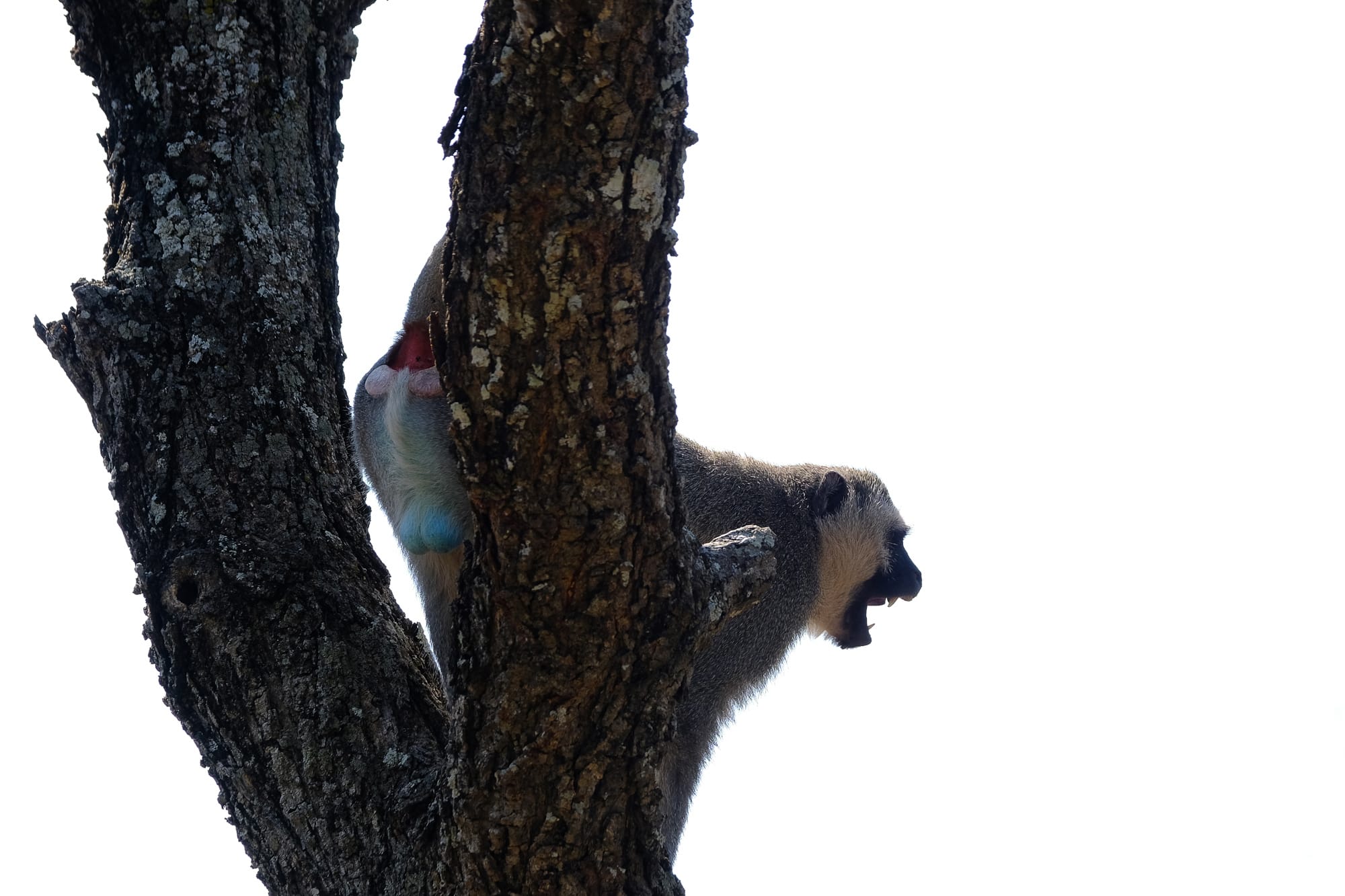Favourite Lens By The Numbers
/I brought a lot of gear with me on my last trip. I wondered which, if any lenses would have been better left at home. Looking at my catalogue, here’s how many selects were captured with each of the lenses I brought:
- XF 10-24mm F4: 12
- XF 16-55mm F2.8 WR: 68
- XF 16mm F1.4 WR: 58
- XF 35mm F2 WR: 236
- XF 50-140mm F2.8 WR: 82
- XF 100-400mm F4.5-5.6 WR: 105
Analysis
What follows is a brief analysis of each lens, as well as a small selection of images from each. Click for a larger view.
XF 10-24mm F4→
This is the lens I was closest to leaving behind, so I’m not surprised it’s the lens that came away with the fewest selects. Of those selects though, ¾ of them were captured at a focal length wider than any other lens I had with me. I suppose that’s sort of the point of having an ultra wide angle zoom, and I could have worked around not having it, but it’s interesting to me nonetheless.
If it was weather sealed,1 I would have brought only it, and left the XF16-55mm F2.8 WR behind. Let’s see if that would have been the right choice.
XF 16-55mm F2.8 WR→
41 of the 68 selects were within a couple millimetres of either widest or longest ends of the focal range, and of those, ¾ were zoomed in towards 55mm, suggesting my plan to leave it at home if the XF 10-24mm F4 was weather sealed would not have been a good one. Sure, I could have covered the 50mm mark with the XF 50-140mm F2.8 WR, but that’s a significantly larger lens, and one that I didn’t have much interest in hauling up to the top of Table Mountain, or hitting a family member in the face with in a small restaurant.
Is bringing an extra lens worth 68 decent photographs? I think so.
XF 16mm F1.4 WR→
Unfortunately, I didn’t get the opportunity to use the XF 16mm F1.4 WR for astrophotography nearly as much as I had hoped. Nighttime on the game reserve was not a time to wander off without an escort. I did get one starry image I’m happy with at The Fernery, a remote lodge along the Garden Route.
Otherwise, the f/1.4 aperture came in really handy in places like the Cango Caves, Featherbed Nature Reserve, and dimly-lit restaurants. I opted for the 16mm prime over the XF 16-55mm F2.8 WR when both were handy for landscapes as well. Such a great lens.
XF 35mm F2 WR→
No surprise here. With the X-T2 out, there will be little, if any reason for this lens to leave my X-Pro2. The overwhelming majority of my candid, documentary, and street photography was captured with the XF 35mm F2 WR. I even nabbed a couple landscape panos and long exposures by just holding my 77mm neutral density filter flush against the front of the lens.
This is the lens I thought was my favourite, and data shows I was correct.
XF 50-140mm F2.8 WR→
Only about ⅓ of my animal selects came from the XF 50-140mm F2.8 WR; 55 images or so. I would have expected a more even split, and I think if I were to visit another game reserve, I would spend more time in this focal range. I felt so compelled to get closer, but I would often realize and force myself to capture more of the environment. Closeups are great, but they can come from a zoo. Seeing animals in their natural habitat is what makes visiting game reserves so special.
The XF 50-140mm F2.8 WR also came in handy for the odd portrait of family members, and even some far away landscapes along the Garden Route.
XF 100-400mm F4.5-5.6 WR→
This, along with the XF 2X TC WR Teleconverter→ was essentially my animal lens. The reach it gets you compared to the XF 50-140mm F2.8 WR can’t be overstated, and for the most part, I was perfectly happy to take a hit on ISO because of the smaller aperture in favour of the extra reach.
Of the 105 selects with this lens, just 4 were not of animals. This is a lens that would have no business in my bag for just about any other travel, but am I ever glad I had it with me. I can’t believe I had considered not bringing it. I’d have been doing a lot more cropping. Again though, I probably spent a little bit too much time zoomed right in. 59 of the selects are at 400mm.
Hit Rate
My average select percentage for the XF 10-24mm F4, XF 16-55mm F2.8 WR, and XF 16mm F1.4 WR is in around 12-13%. The XF 35mm F2 WR was a bit higher at 18%, and the two telephoto zooms were comically low at just over 3% for the XF 50-140mm F2.8 WR, and barely over 2% for the XF 100-400mm F4.5-5.6 WR.
Now, this is calculated using total number of frames, and does not account for bracketing, panos, or the fact that I was popping off 8 frames per second fairly regularly with the telephoto lenses mounted. With more practice anticipating the moment, restraint and just being a little less excited, I bet my hit rate would be higher with the telephoto zooms. This isn’t to say that upwards of 85% of my photos are crap either—at least I hope not—but 1,913 Picks with around 500 images to share out of 9,900 from a two week trip with a big family seems alright. Getting through those bursts took a lot of time though, and isn’t something I’d want to do often. It has me exploring Photo Mechanic again2 as Lightroom is just so slow at times.
Conclusion
For the most part, I feel pretty good about my gear choices. Looking at the selection of photos above, and excluding animals, I’m happiest with images from the primes. I probably should have left the XF10-24mm F4 at home, and likely will do next time I travel. 24mm is about as wide as I like going for the most part, and the XF 16mm F1.4 WR is just awesome.
My typical travel camera and lens setup going forward will likely be and X-Pro2 with the XF 35mm F2 WR permanently affixed, and an X-T2 with XF 16mm F1.4 WR and XF 90mm F2 WR.
Have a look at your own numbers. What lens do you find yourself gravitating towards? Is it actually the lens you get the highest “hit rate” from? Or are you constantly cropping to get to the composition you want? Your catalogue of photos is full of data you can learn from. See if your assumptions are correct.



